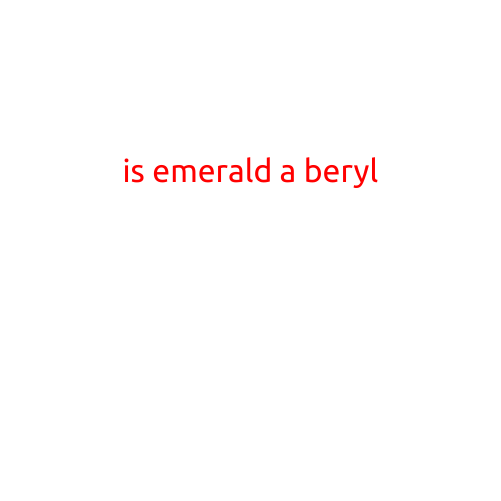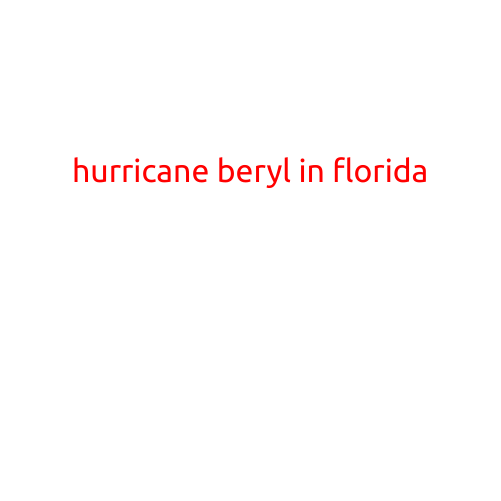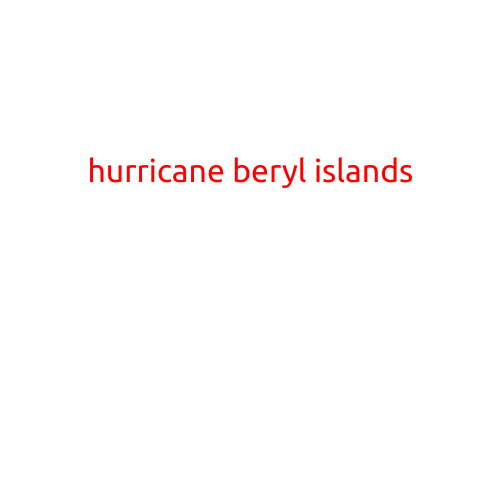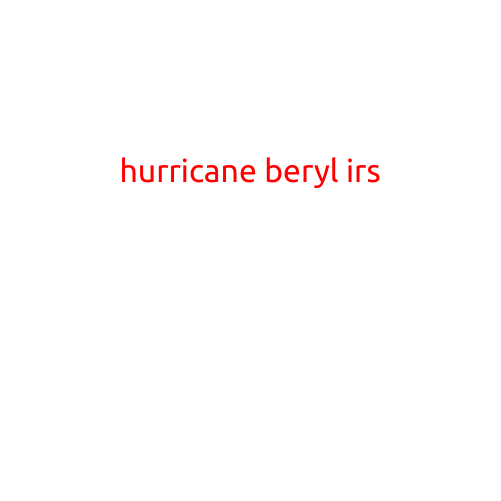
Is Emerald a Beryl?
Emerald, one of the most coveted and valuable gemstones in the world, is often associated with the mineral group beryl. But is emerald indeed a member of the beryl family? Let’s dive deeper and explore the fascinating world of gemology to find out.
What is Beryl?
Beryl is a mineral group that is characterized by its unique chemical composition and physical properties. It is a silicate mineral, meaning it is composed of silicon and oxygen atoms, with additional elements such as aluminum, chromium, and iron. Beryl is commonly found in igneous and metamorphic rocks, and its crystals can have a wide range of colors, including green, blue, yellow, and white.
The Beryl Family
The beryl group includes several notable gemstones, including:
- Aquamarine: A pale blue or blue-green gemstone often used in jewelry.
- Morganite: A pink or peach-colored gemstone prized for its delicate beauty.
- Goshenite: A colorless or white gemstone that is often used in costume jewelry.
- Heliodor: A yellow or golden gemstone that is occasionally used in high-end jewelry.
- Topaz: A silicate mineral that is often confused with beryl, although it belongs to a distinct mineral group.
Is Emerald a Beryl?
Now, let’s get to the point: is emerald, the famous green gemstone, a beryl? The answer is yes! Emerald is a type of beryl that is specifically characterized by its vibrant green color, which is caused by the presence of chromium and vanadium impurities. In fact, emerald is one of the most valuable and sought-after gemstones in the world, and its formation requires a specific combination of geological factors to occur.
Conclusion
In conclusion, emerald is indeed a member of the beryl family, along with several other notable gemstones. The unique properties of emerald, including its striking green color and exceptional hardness, make it one of the most prized gemstones in the world. So the next time you hear someone refer to an emerald as a “beryl,” you’ll know that they’re spot on!
Interesting Fact
Did you know that the word “emerald” comes from the Old French word “esmeralde,” which was derived from the Greek word “smaragdus”? The word “beryl” comes from the Greek word “beryllos,” which is named after the island of Beryllus in the Red Sea. Fascinating, isn’t it?





